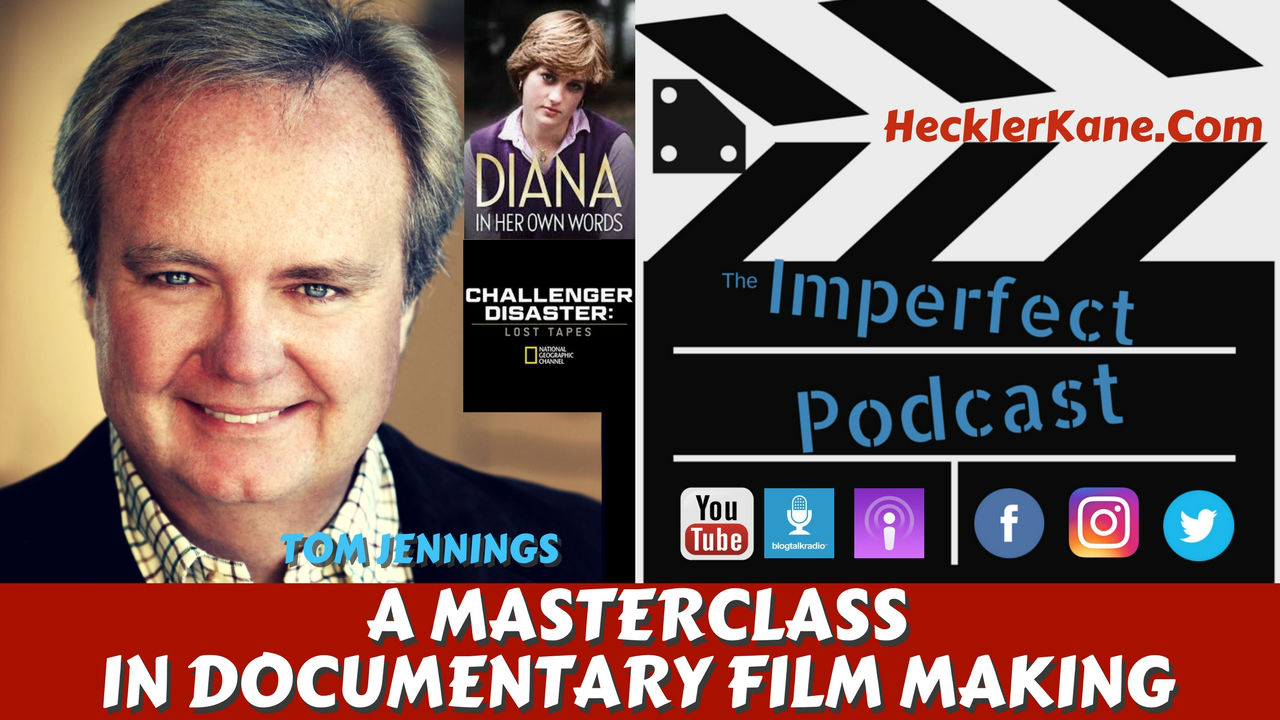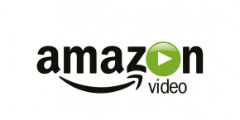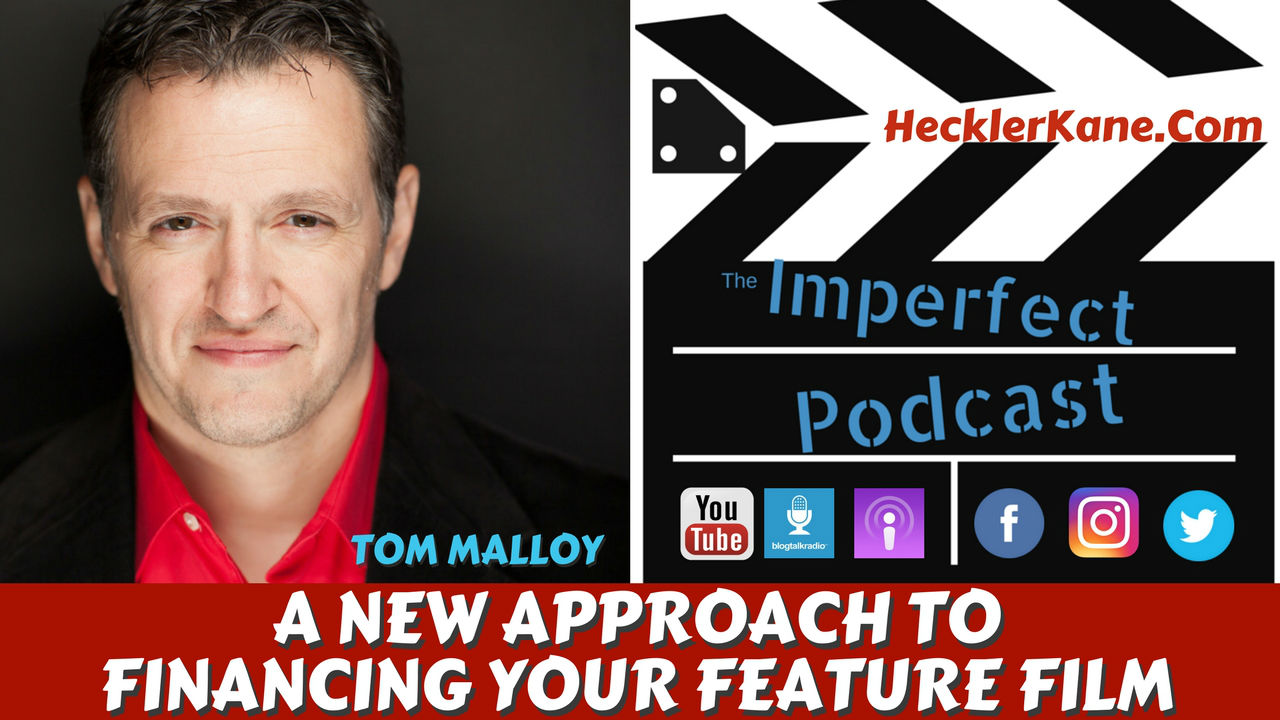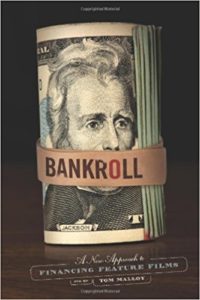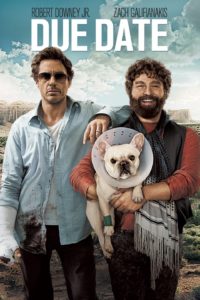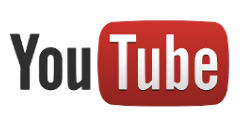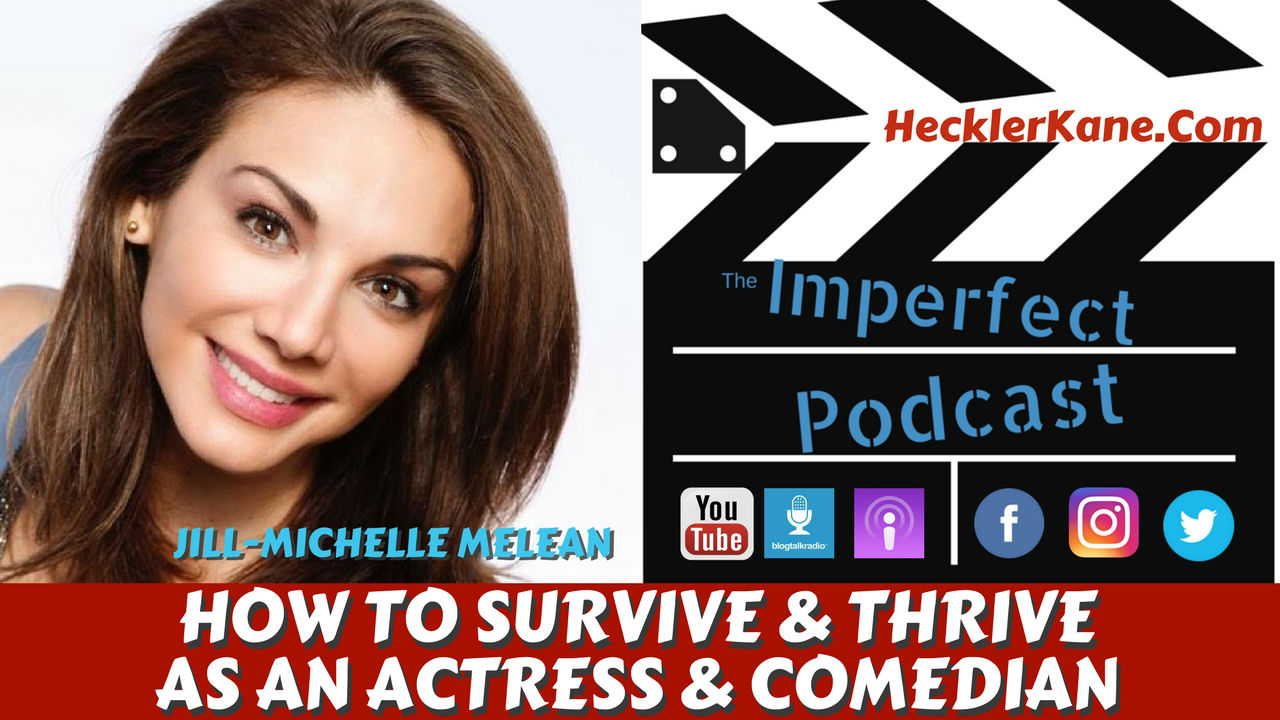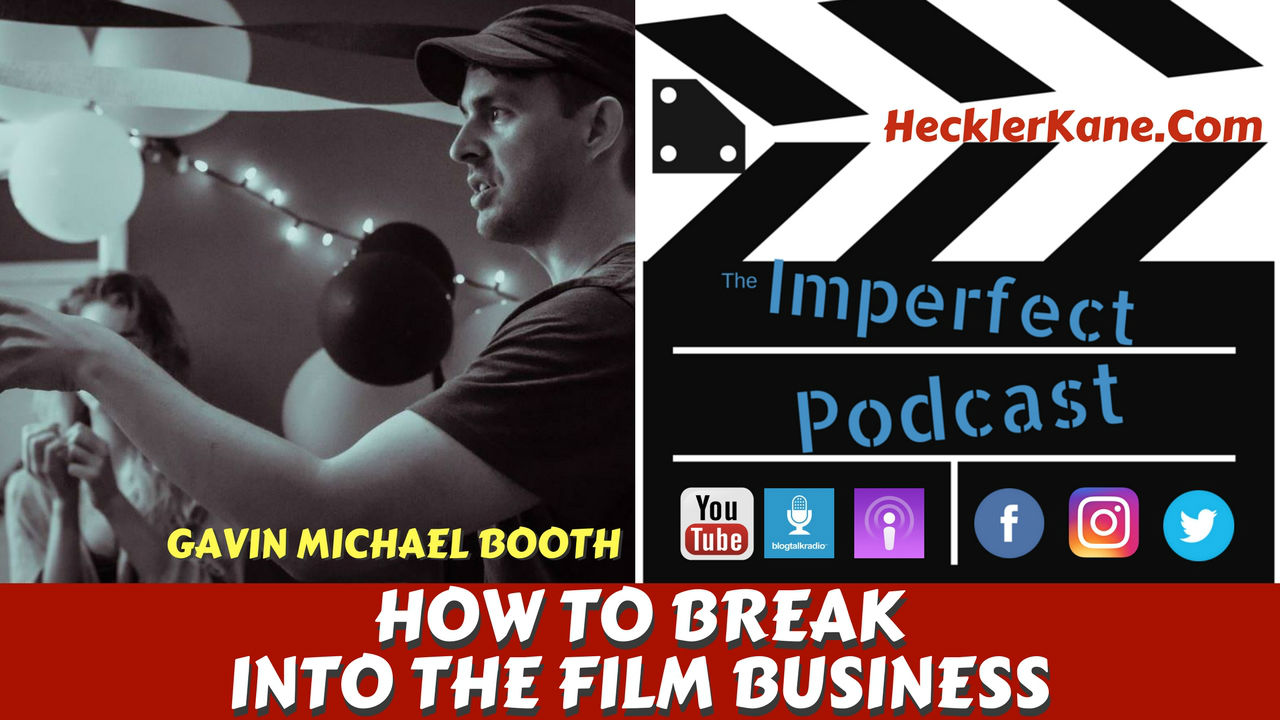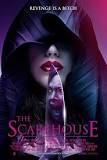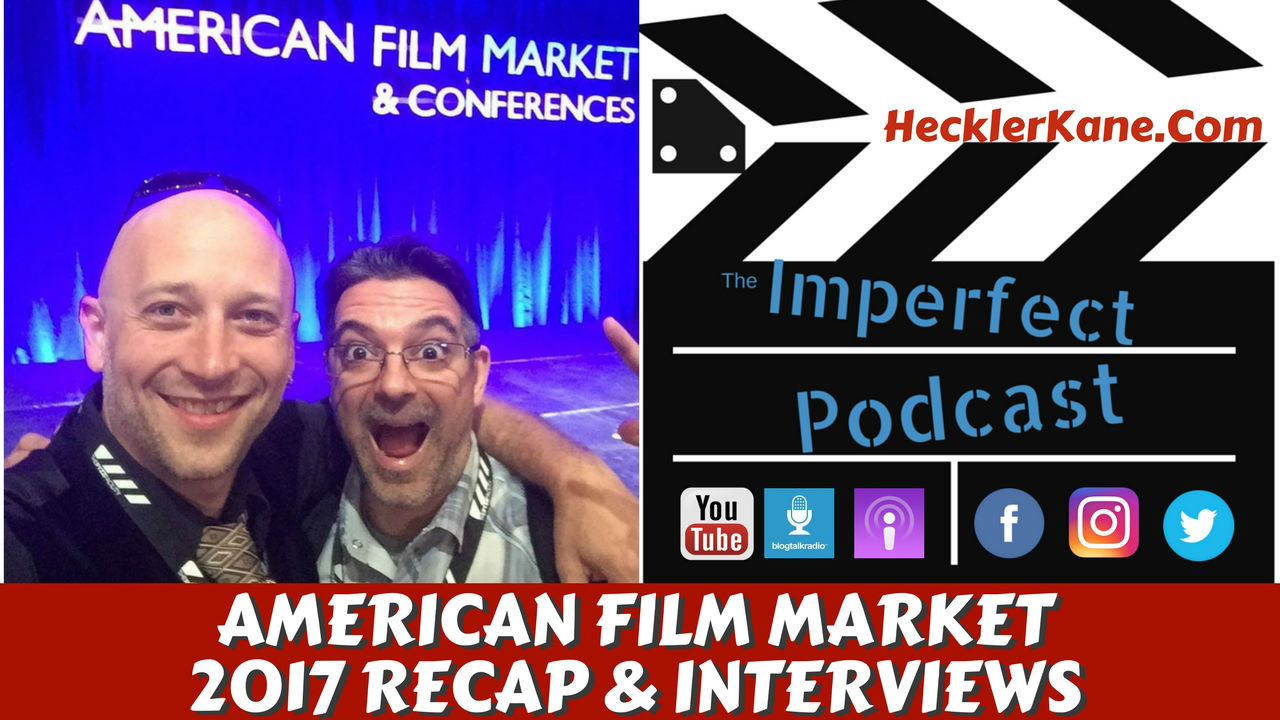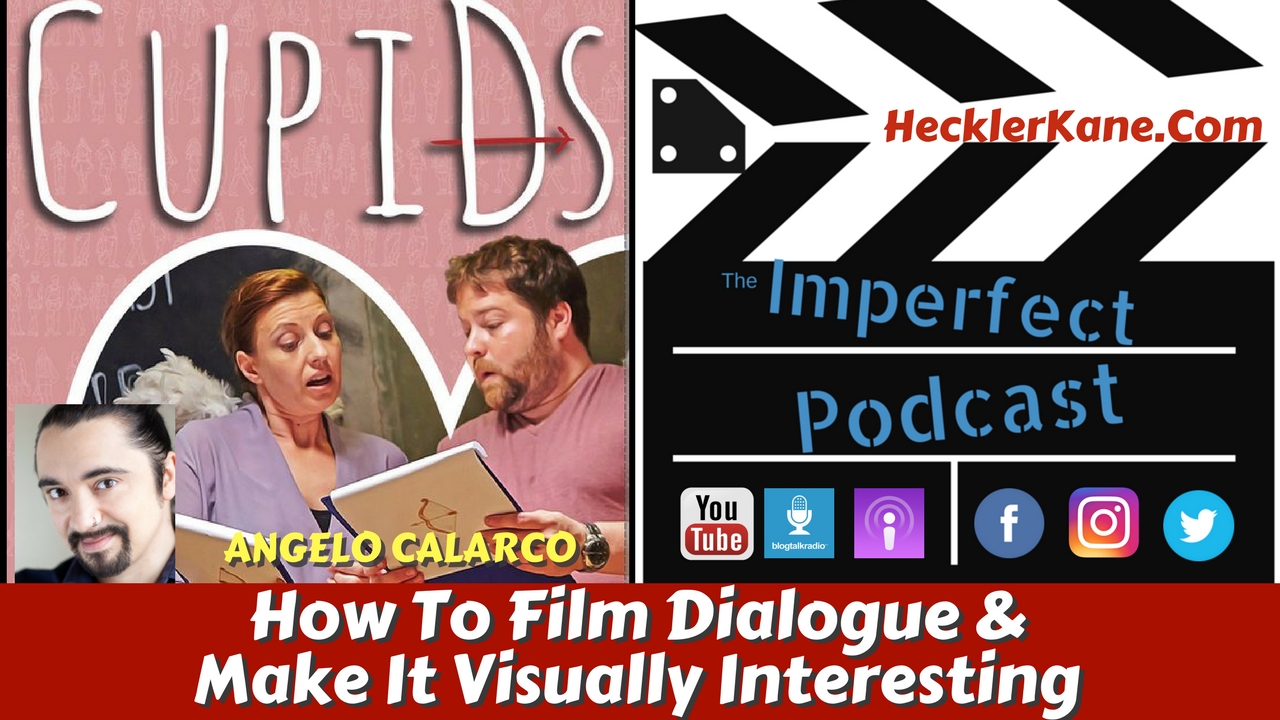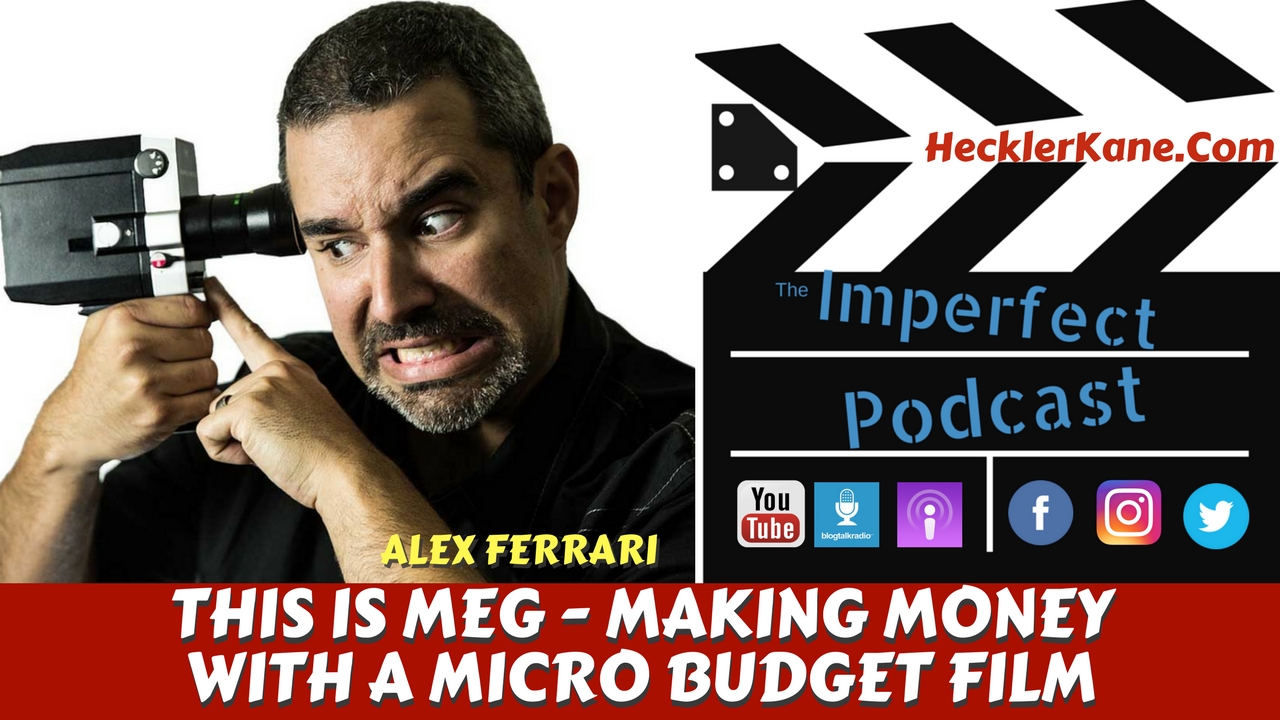A Masterclass in Documentary Film Making with Tom Jennings
Tom Jennings is an award winning documentary filmmaker and journalist. Tom has written, directed and produced more than 400 hours of programming on a variety of topics including politics, religion, history, crime and sports to name a few. His documentaries have been seen on channels like National Geographic and The History Channel.
The best way to sum up our interview with Tom was that it was like taking a masterclass in documentary film making. We reached out Tom’s production company 1895 Films to talk about his latest release on Netflix, Diana: In Her Own Words that was produced for the 20th anniversary of Princess Diana’s passing. The journey of producing a documentary of this magnitude is a true test in problem solving and ingenuity that every filmmaker should take notes on.
Tom stresses you need to love what you do to be a documentary filmmaker. There are growing numbers of documentary television programming but Tom think it’s probably easier to sell a reality show. Don’t ever give up. If one network doesn’t want your story, maybe you can tailor for someone else. Sometimes you just have to step up and figure out how to make things work the best you can.
Keep Up with Tom Jennings Online
Website: http://1895films.com
Facebook: https://www.facebook.com/1895filmsCA/
Twitter: https://twitter.com/1895films
Tom Jennings Interview Highlights
Life as a Journalist
- Before becoming a filmmaker, Tom Jennings was a journalist in Washington D.C.
- Having moved to Los Angeles, Tom ended up covering the O.J. Simpson criminal trial and got burned out
- Cable television networks were taking off and needed writers to write non-fiction television with Discovery and History
- Writing led into producing which led to directing
- Tom sold his first project in 2004 to the Discovery Channel and had his own company since then
Learning to Make Documentaries On His Own
- Tom didn’t go to film school and had no film background
- His education came from being in the field and learning from the crew
- “People like to talk about what they do if you show a genuine interest in what they do.”
- This is how he learned how to put non-fiction documentary television together
- Tom admits he would have failed film theory classes but he knows how to get the right material in the can to make for a good documentary
Selling His First Documentary About Roanoke Island
- Tom’s first project was for the History Channel about the lost colony of Roanoke Island
- This was at the time when networks like History were interested in cool stories
- Today, having a cool story doesn’t cut it. There has to be something new, information that was never known before
- By complete luck, every year in the town of Roanoke Island actors recreate the story in a play
- Tom was able to get the actors to participate in the documentary and the rest is history…pun intended
- Tom also notes, recreations can be poorly done if you’re not careful
- For his first film, Tom had interviews, a great mystery and on top of it these great images to go with it
Diana: In Her Own Words
- This film commissioned by National Graphic is now available on Netflix
- It’s a difficult type of programming to do in film making because there are no interviews or narrator
- Archival footage and audio was the only content used to make Diana: In Her Own Words
- The archive they got for the Diana story was from author Andrew Morton who wrote Diana: Her True Story
- It consisted of private interviews of Princess Diana through tapes that were made for Andrew Morton through a mutual friend
- When they approached Andrew Morton about the tapes Andrew’s response was get in line
- Tom explained this would be a film about Diana, narrated by Diana which was something that had never been done before
- There were many rules put in place by Tom and his team to in regards to the use of imagery when talking about particular time periods
Watch Diana: In Her Words
Telling A Story With Archival Footage
- Depending on the source material available, every production is different
- For Diana: In Her Own Words, there were 7 hours of audio that they mapped out as storyboards
- They listed all of the story beats she talked about at length or momentary asides
- There were 140 story cards stuck on a board at that time
- Tom and his team knew they had to tell the broad strokes of the story people knew about Princess Di
- Then they found the stories they knew people had not heard before
- The story works so well because Tom purposely chose story beats where they could find footage of the event
Winning an Emmy for Best Documentary Research
- Whether its a feature film or a documentary, filmmakers always need to think outside the box
- The Challenger story had been told many times before but not in this way
- Tom received 30 beta tapes from the NASA archive and having gone through 28 of them they found gold of Christa McAuliffe rehearsing her lesson plans aboard The Challenger
- When they called NASA to tell them what they had found, NASA had no idea that footage existed because nobody else had gone through the tapes before
- Remembering Christa McAuliffe was from New Hampshire, Tom called a local radio station who had kept all the footage of her training and their news director was actually on the launch pad broadcasting live
- All of this added to the most unique coverage of the events of the Challenger disaster in decades which ended up winning an Emmy for Best Documentary Research
The Lost Tapes Series
- Watch the Lost Tapes Series on The Smithsonian Channel
- The Lost Tapes: Malcom X
- The Lost Tapes: Patty Hearst
- The Lost Tapes: Son of Sam
- The Lost Tapes: LA Riots
- The Lost Tapes: Pearl Harbor
- Challenger Disaster: Lost Tapes
- Tom goes in depth on making the series from production schedule to business of running a production company
- When you have a small production you have to go from concept to delivery
- The networks know what they want and when they want it. If you want to keep working with them you have to deliver
Getting Around Licensing for the King of Pop
- Tom produced a show for Investigation Discovery on the death of Michael Jackson
- It’s difficult on a budget to license images or music of Michael Jackson
- It’s frustrating to know you’d only get the same content as everyone else
- They shot interviews and b-roll of locations but they wanted more
- Tom hired a Michael Jackson impersonator and shot them for hours in shadow to beef up the footage
Landing a Job with Robert Redford
- Tom was fascinated by the Lincoln assassination and John Wilkes Booth when he was a journalist
- Most people don’t know the story stretches over 12 days where John Wilkes Booth was on the run
- He pitched the story to the History Channel and it was created in HD with a ton of reenactments
- 2 years later he received a call from Rober Redford’s production company about a movie called The Conspirator
- He was asked to make the documentary version for the DVD The Conspirator: Mary Surratt and the Plot to Kill Lincoln
